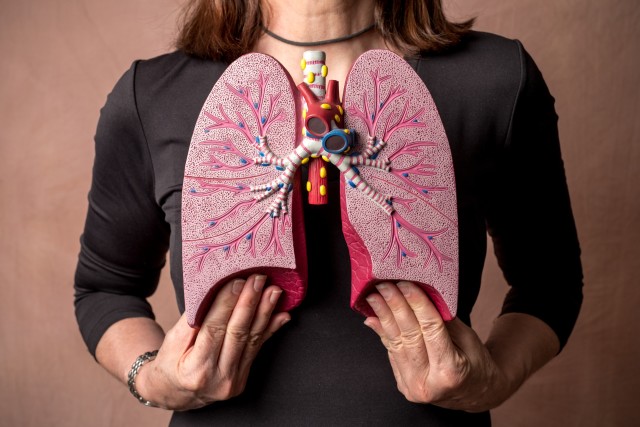Radon Research
The Nuclear and Radiation Studies Board of the National Academies of Science hosted two two-hour webinars to review available data on radiation exposures and human health: cardiovascular effects at low doses of radiation and what has been learned about radon risks since the publication of the BEIR VI report. Videos of the webinars and meeting materials are available now.
The 2006 Biological Effects of Ionizing Radiation (BEIR) VII report is the latest in a series of reports published by the National Academies that examine radiation exposures and human health. BEIR VII utilized data from the atomic bomb survivors and from the occupational, medical, and environmental studies that were available at the time to develop models for calculating risks of radiogenic cancers in the U.S. population following low doses of radiation. The BEIR VII report did not cover radon exposure, which was reviewed in the earlier BEIR VI report published in 1999. Models and approaches recommended in the BEIR VI and BEIR VII reports and extensions and modifications to them have been foundational in the U.S. radiation protection system. Recognizing the need to periodically review available data and update models for calculating risks, the Nuclear and Radiation Studies Board of the National Academies hosted a two-day webinar on October 19 and 20, 2021. On October 19, they examined the question: What do we know about cardiovascular effects at low doses of radiation? On October 20, they examined the question: What have we learned about radon risks since publication of the BEIR VI report?

